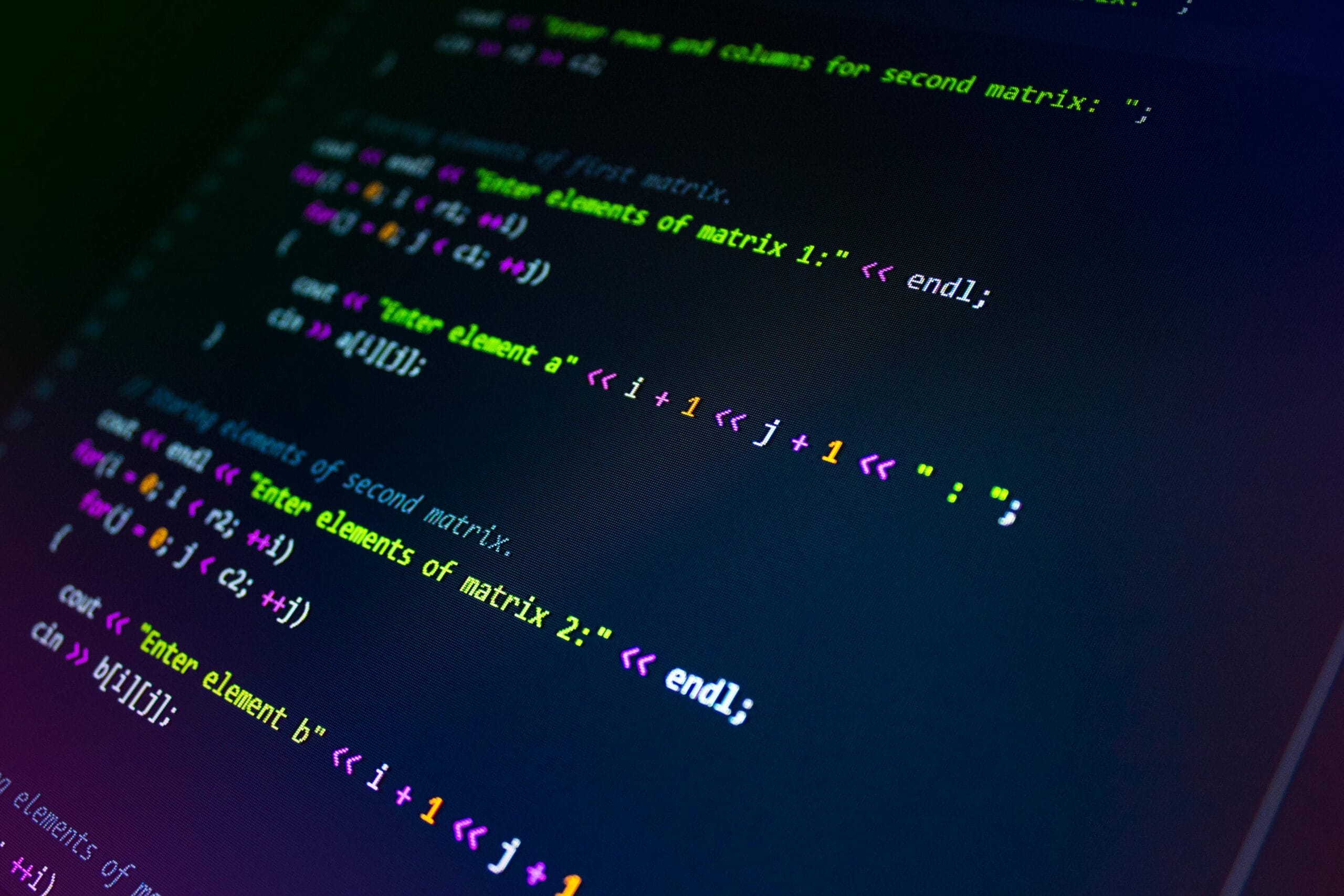Have you ever invested countless hours into a project, only to find out it wasn’t what the customer actually wanted? Or faced the frustration of critical bugs surfacing after a seemingly successful launch, despite thorough testing?
These scenarios are common in quality assurance and product development, highlighting the disappointment of falling short despite the best efforts.
At the heart of this issue is a widespread misconception: the confusion between verification and validation. While both are vital for ensuring product quality, they have distinct roles.
Verification answers the question, “Are we building the product correctly?” by ensuring that the development process adheres to the specified requirements. Validation, on the other hand, asks, “Are we building the right product?” focusing on whether the final product meets the needs and expectations of users.
Understanding this distinction is more than just a technicality—it’s critical to delivering solutions that not only function flawlessly but also serve their intended purpose, aligning closely with customer expectations and market demands.
Understanding Verification and Validation with Examples: A Comprehensive Guide
What Is Verification?
Definition of Verification:
Verification is the systematic process of ensuring that a product meets the predefined specifications and requirements set during the planning phase. It focuses on validating whether the development outputs align with what was originally documented.
For example, if the specifications require that “The login button must be blue,” verification confirms whether the button is actually blue, as specified.
This step is vital in identifying discrepancies early in the process, preventing them from escalating into more complex issues later on.
Common verification activities include:
- Code reviews: Peers review source code to spot errors.
- Static analysis: Automated tools scan the code to detect bugs without executing it.
- Inspections: Experts conduct detailed reviews of documents or designs to find issues.
By utilizing these techniques, verification serves as an essential quality control measure, ensuring that the product stays on course from the beginning.
Verification in Action: A Real-World Example
Scenario: Building a Web Application with User Registration and Login Features
Verification Step: Before starting development, the team thoroughly reviews the design documents, including use cases and requirement specifications, to ensure a clear understanding of the registration and login process.
The team ensures that all functional requirements are well-defined. For example, they confirm that the system will send a confirmation email upon registration and provide a password reset option for forgotten credentials.
This verification ensures the system aligns with the initial specifications, guaranteeing it’s being built correctly from the start.
Understanding Product Validation: Ensuring User Satisfaction
Validation is the key to ensuring that a product not only functions as designed but also meets the needs and expectations of its end-users.
While verification focuses on whether the product has been developed according to the given specifications, validation answers the critical question: “Have we built the right product for our users?” It’s about evaluating the product’s actual usefulness and effectiveness in real-world conditions.
For instance, verification may confirm that a login button is the correct shade of blue as specified, but validation checks if users can easily locate and understand how to use the button to log in.
The validation process often involves techniques such as user acceptance testing (UAT), where real users interact with the product in a controlled environment to provide feedback on its performance and usability. Additionally, beta testing is commonly used, where the product is released to a smaller group of users in a real-world scenario to uncover any issues from their perspective.
By prioritizing validation, product teams ensure that the final product not only performs as intended but also aligns with and fulfills the needs of its users, enhancing overall user satisfaction.
Real-World Validation Example: Ensuring Application Functionality
Scenario: After developing and deploying the web application in a testing environment, the validation process begins.
Validation Process: Testers manually create new accounts and attempt to log in, verifying that the system functions as intended.
During this phase, they ensure that upon registration, the system sends a confirmation email, and that users can log in successfully with the correct credentials. Additionally, the testers verify that the password reset feature works properly.
This validation step ensures that the final product meets user expectations and system requirements, confirming its readiness for deployment.
Understanding Cost Impact and Ownership in Verification vs. Validation
When it comes to software development, the cost of fixing errors depends on when they are identified. Errors detected during verification are generally less expensive to resolve because they are caught early in the process. On the other hand, errors found during validation can lead to higher costs due to the later discovery, often requiring extensive rework.
The ownership of these processes also varies. Typically, the Quality Assurance (QA) team handles verification by ensuring the software meets the requirements outlined in the Software Requirements Specification (SRS) document.
Final Thoughts: The Importance of Verification and Validation in Software Development
In the software development lifecycle, while verification and validation have distinct roles, their success is deeply interconnected. Together, they ensure not only that a product is built correctly but also that it meets user needs effectively.
Two critical insights highlight their unique functions:
First, verification, which ensures compliance with specifications, often takes place before the product’s final version and doesn’t require programming knowledge. It typically involves reviewing design and documentation.
On the other hand, validation focuses on real-world application and user satisfaction, requiring coding skills to test software functionality and performance. Grasping the differences between these processes is essential for delivering a high-quality product.






Leave a Reply